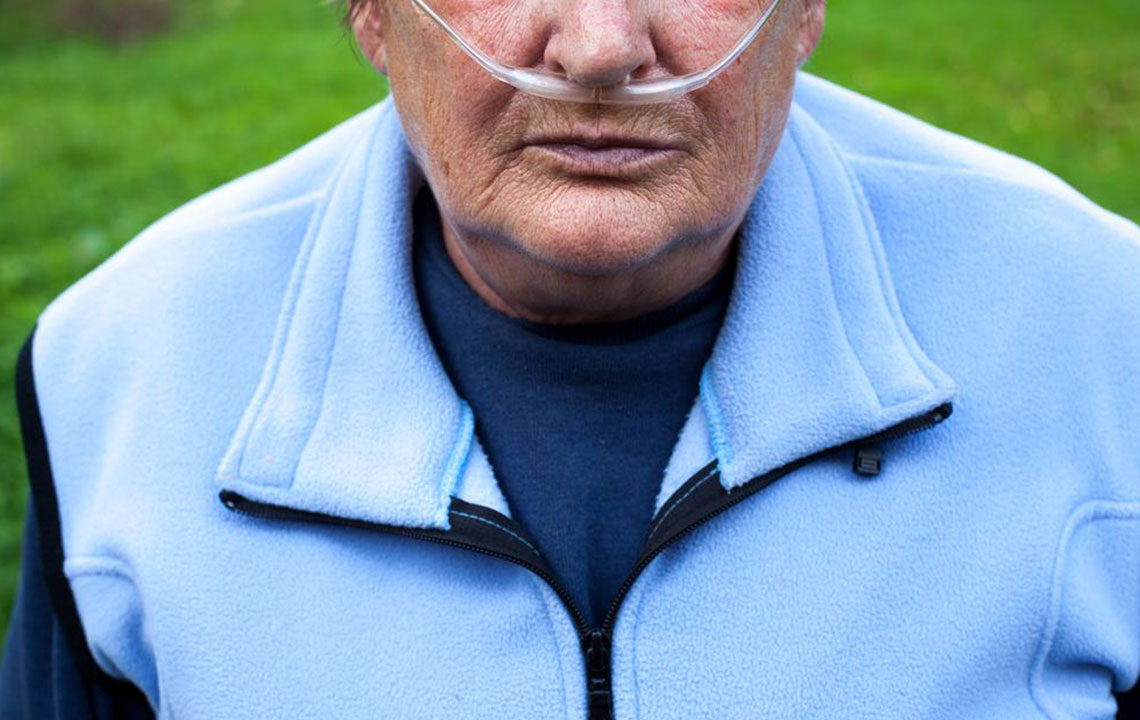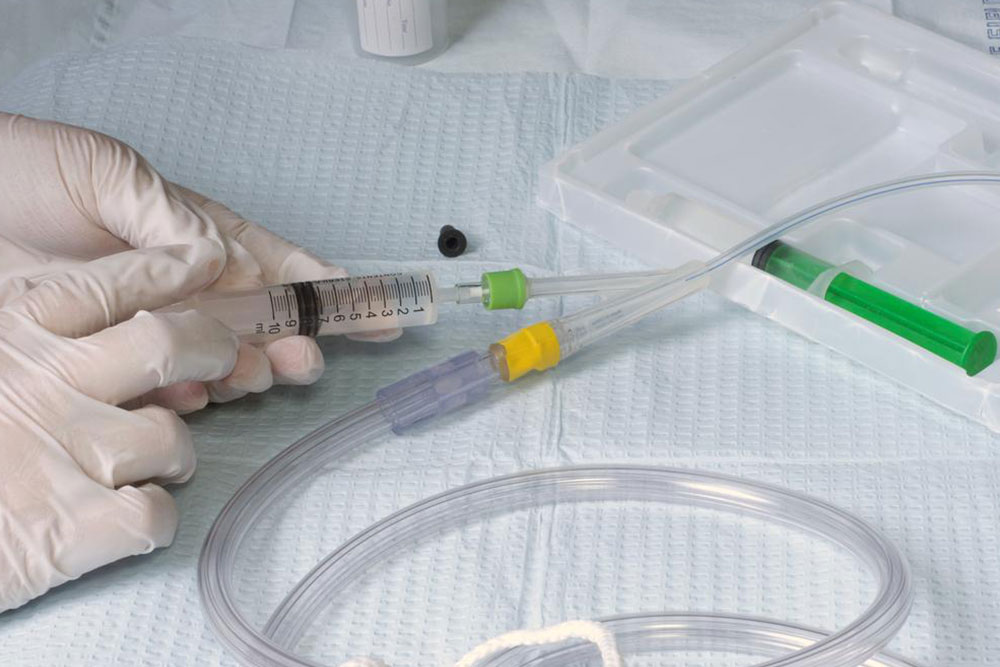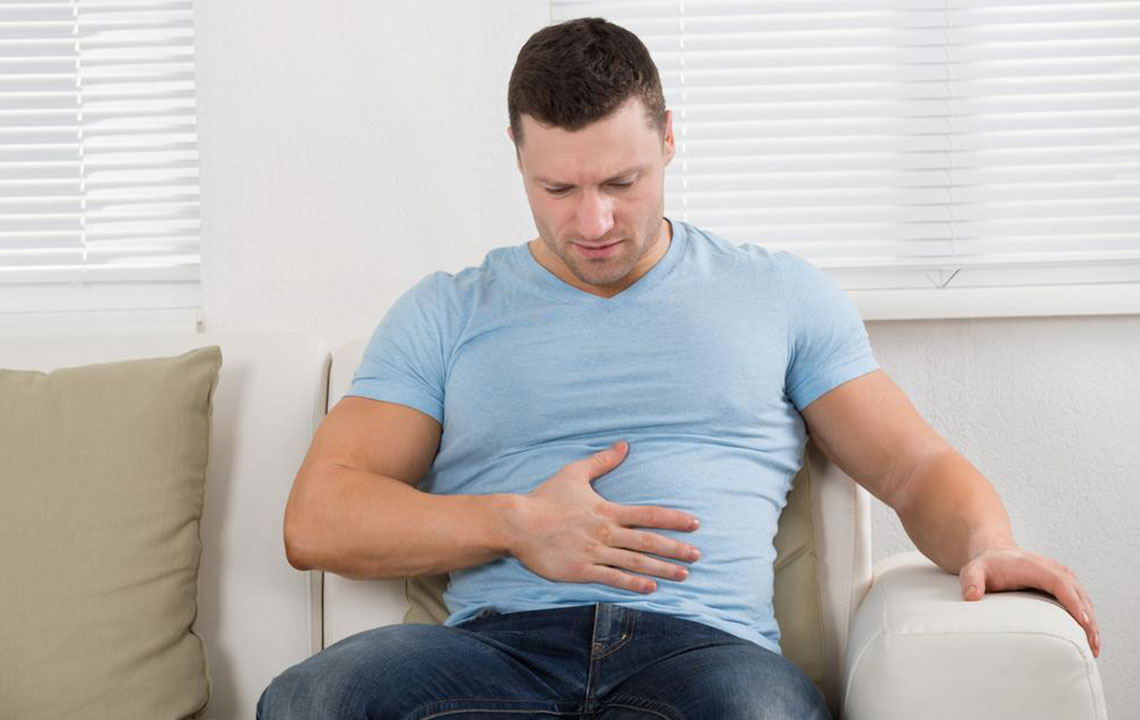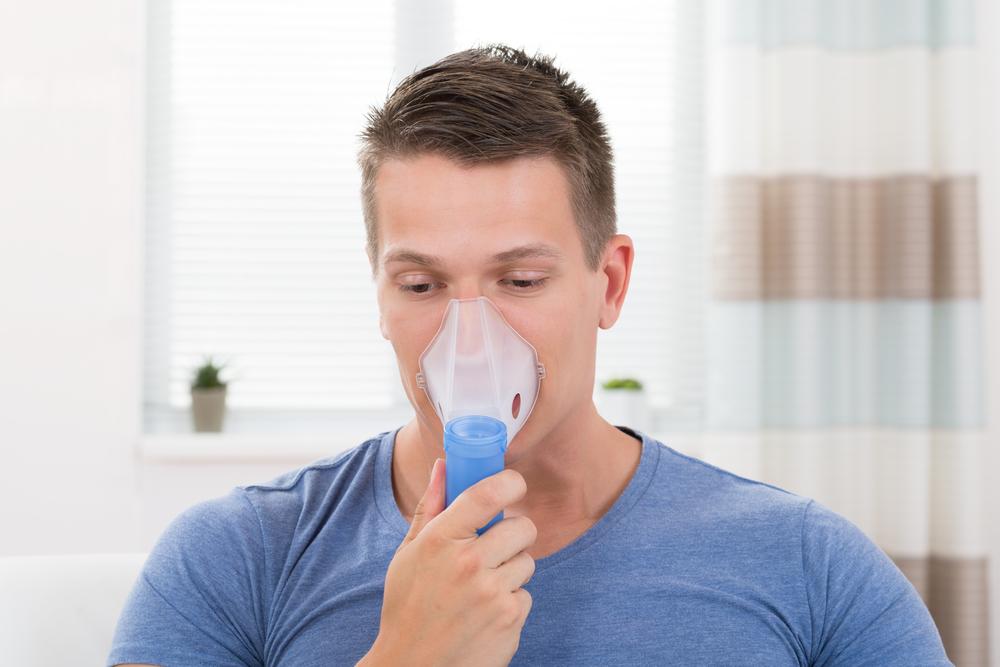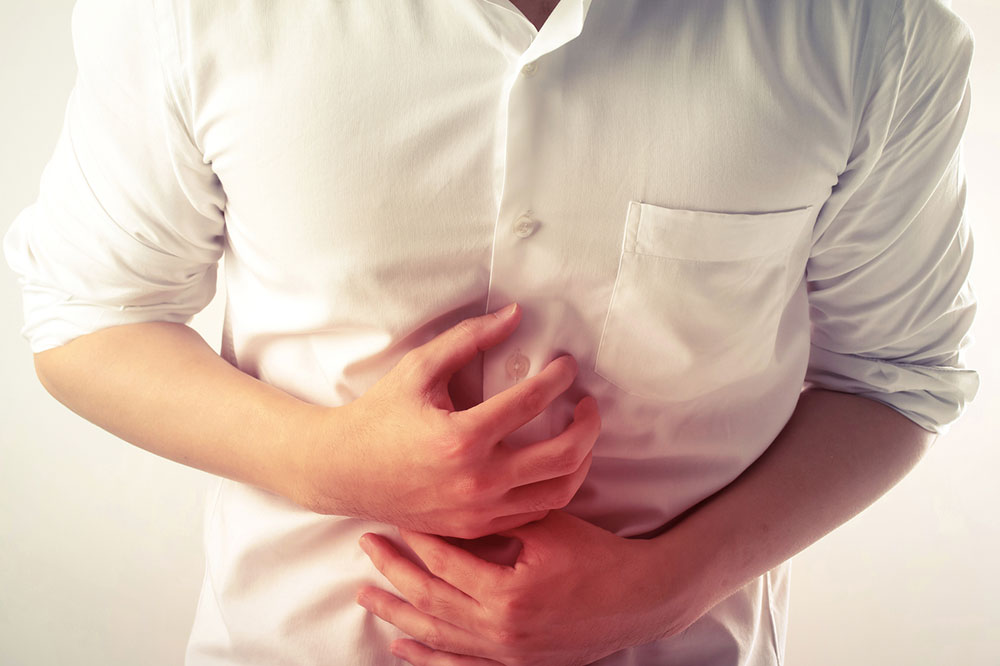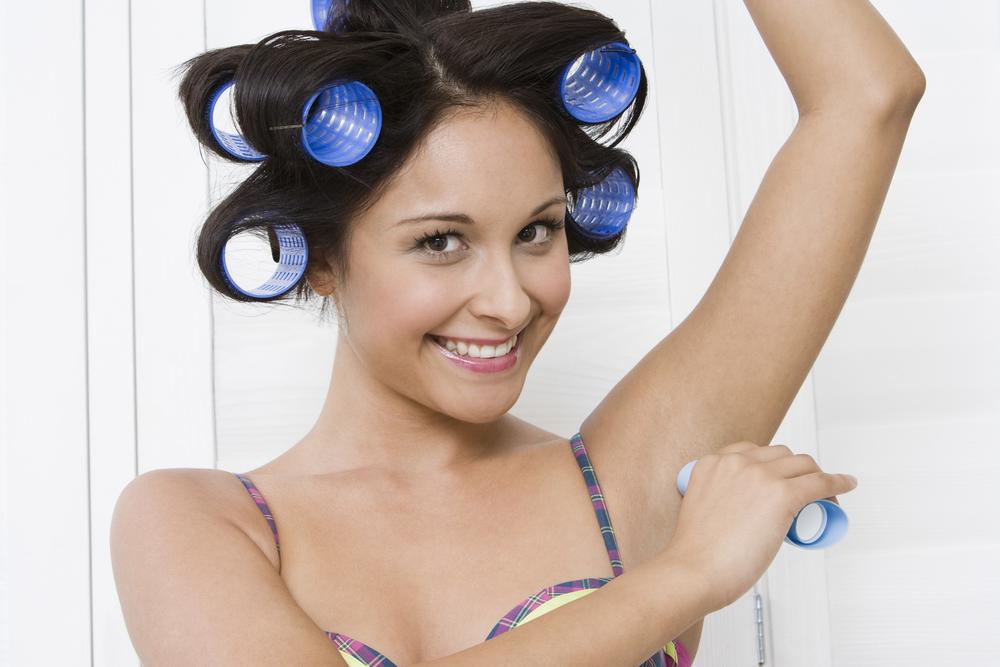Complete Guide to Oxygen Concentrators: What You Need to Know
This comprehensive guide explains everything about oxygen concentrators, including their operation, types, benefits, and top models. Learn how these devices help individuals with low blood oxygen, and get tips for selecting the right device for home or travel use. Consult your doctor for personalized advice to ensure optimal oxygen therapy. Stay informed with this detailed overview for safe and effective oxygen therapy solutions.
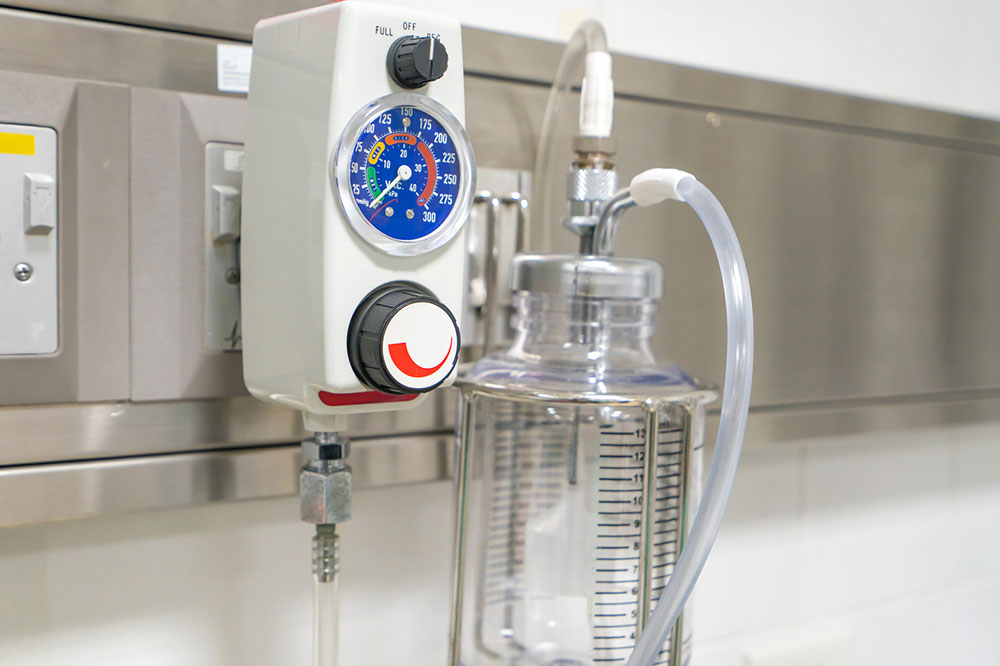
Complete Guide to Oxygen Concentrators: What You Need to Know
Oxygen concentrators are vital medical devices designed to supply oxygen to individuals with breathing difficulties. When blood oxygen levels drop below normal, these devices help restore adequate oxygenation. Normally, lungs extract oxygen from air and transfer it to the blood. If this process is impaired, doctors may recommend oxygen therapy, either temporarily or long-term.
Oxygen concentrators are available by prescription only; they cannot be purchased over the counter. Healthcare providers evaluate patients thoroughly and instruct them on proper device use at home and during travel.
Benefits of Using Oxygen Concentrators
Both home and portable oxygen concentrators offer numerous advantages for users requiring supplemental oxygen.
They are safer and less risky than traditional oxygen tanks, which can rupture or leak and pose fire hazards. Oxygen concentrators pose minimal danger in this regard.
Modern portable and home units produce oxygen by filtering ambient air, providing an almost unlimited supply when powered. This contrasts with oxygen tanks, which contain finite compressed oxygen.
Portable concentrators allow users to access oxygen anywhere, including during travel and flights.
How Oxygen Concentrators Function
Think of these devices like air conditioners—they intake air, process it, and deliver purified oxygen.
The device pulls in ambient air, which is roughly 80% nitrogen and 20% oxygen, then filters it to produce a higher concentration of oxygen.
They operate via electricity or rechargeable batteries, often equipped with adapters for vehicle use.
After processing, the device outputs oxygen with a purity of 90-95%, with nitrogen removed to maximize oxygen delivery.
The device works by compressing air, decompressing it through sieve beds containing Zeolite material to separate nitrogen, and distributing the purified oxygen through masks or nasal cannulas. The cycle involves air intake, nitrogen removal, and oxygen delivery to meet medical needs.
Essential components include compressors, sieve beds, cooling systems, and delivery masks. Sieve beds use Zeolite to trap nitrogen, repeating this cycle rapidly to ensure a continuous oxygen supply.
There are two main types of concentrators: stationary units suited for home use, and portable units designed for mobility. Stationary models provide higher oxygen flow rates but occupy more space, while portable units are compact, lightweight, and ideal for active lifestyles.
“Continuous flow” models deliver a steady oxygen supply, suitable for patients needing 2-5 liters per minute, but they tend to be heavier. “Pulse dose” models provide oxygen in on-demand pulses, making them more portable and lightweight—some weighing just four pounds—ideal for users with lower oxygen needs.
Leading models in 2020 include the Invacare Perfecto2 V, Devilbiss compact and ultra-quiet units, Respironics EverFlo Q, and innovative portable devices like O2 Concepts Oxlife Independence, Inogen G4 and G3, among others. These units offer varying features, noise levels, and portability options to suit different patient requirements.
Before choosing an oxygen concentrator, consult your healthcare provider to determine the best fit based on your oxygen needs and lifestyle. Proper use and regular maintenance are essential for safe and effective therapy.

